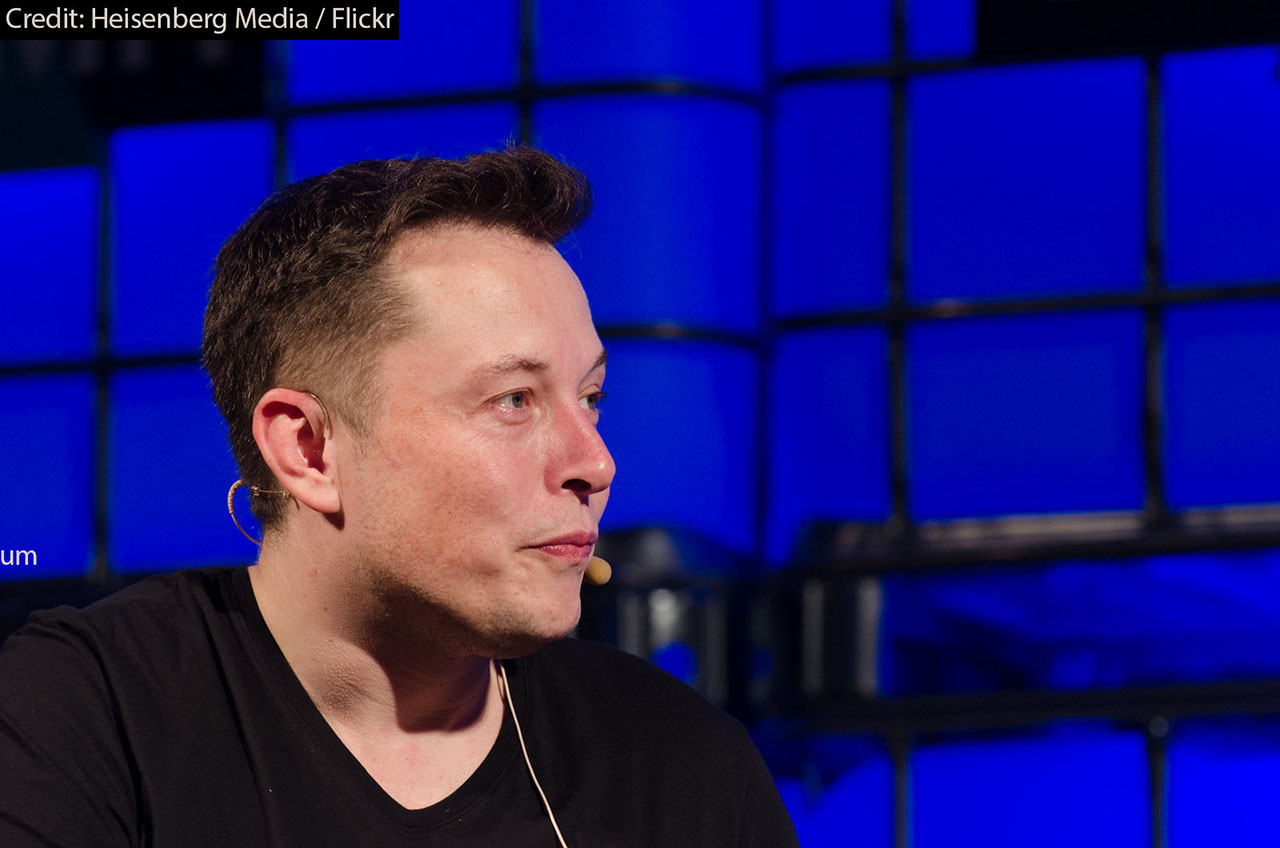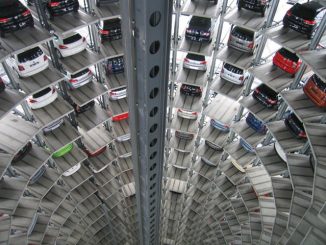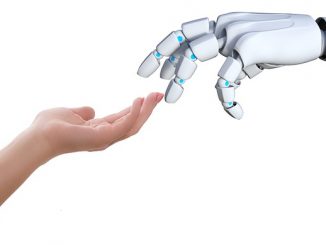OpenAI is a non-profit research organization chaired by Tesla (NASDAQ:TSLA) and SpaceX boss Elon Musk, and backed by a number of other tech industry giants. Its mission is to “build safe AGI [short for Artificial General Intelligence], and ensure AGI’s benefits are as widely and evenly distributed as possible.”
In a recent blog posted on their website, the group described a breakthrough that could pave the way for the development of AI with human-like abilities. Specifically, they revealed an AI that can imitate an action after being shown how to do it just once. As humans learn new behaviors quickly by imitating what they see, the group also wants their robots to learn by imitating.
The blog post showed a robotic arm picking up a block and stacking it on top of another block, repeating the action until the 6 blocks were grouped in twos. And it was able to do it after seeing a human do it just once. What makes it even more amazing is that the robot was able to stack the blocks following the same color pattern as what it was shown — blue on top of red, green on top of white, and yellow on top of black.
To make this incredible feat possible, two neural networks were used to power the system: a vision network and an imitation network.
The vision network makes use of the robot’s camera to figure out the position of the blocks. To be able to do this, the robot was first trained by being fed with hundreds of thousands of simulated images showing different objects under various lighting conditions and with varying textures. What’s really interesting is that the vision system never uses a real image for the training. This trains the virtual artificial agent to recognize an object in the real world, even if it has never actually seen a real image of the object before.
The imitation network does the mimicking by observing the task done by the human in VR, processing what the objective of the task is, then accomplishing that task.
As explained by Josh Tobin, one of OpenAI’s technical staff, in a video posted on their website: “With a single demonstration of the task, we can replicate it in a number of different initial conditions. Teaching the robot how to build a different block arrangement requires only a single additional demonstration.”
He also added that their technique is not specific to blocks, and that this system will serve as the backbone for the general purpose robots they are developing.
Details about the breakthrough — including the significance of the development and what led to it — are discussed in a published paper entitled “One-Shot Imitation Learning”.
- Bulenox: Get 45% to 91% OFF ... Use Discount Code: UNO
- Risk Our Money Not Yours | Get 50% to 90% OFF ... Use Discount Code: MMBVBKSM
Disclaimer: This page contains affiliate links. If you choose to make a purchase after clicking a link, we may receive a commission at no additional cost to you. Thank you for your support!





Leave a Reply